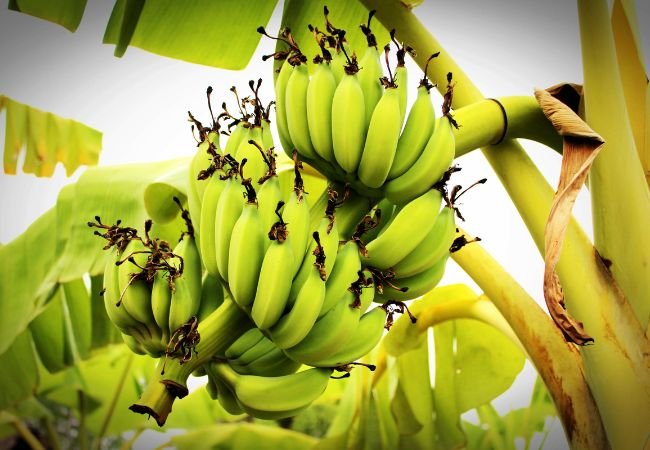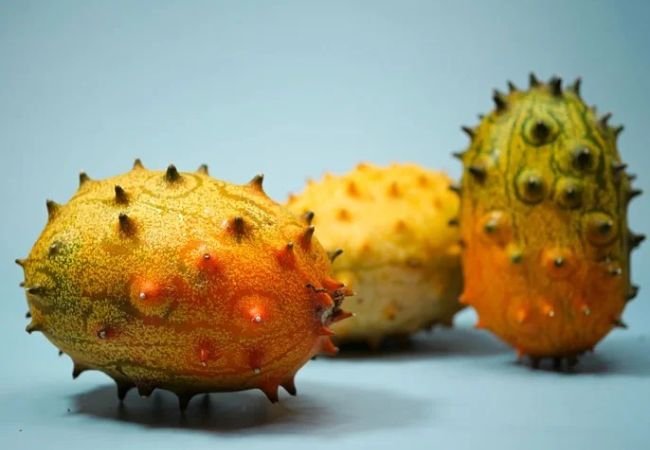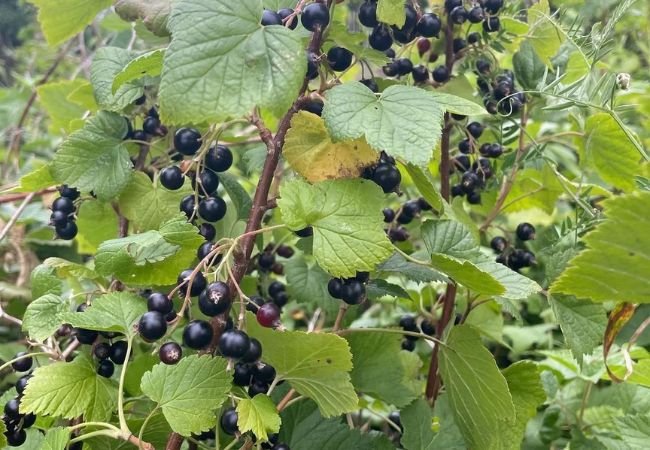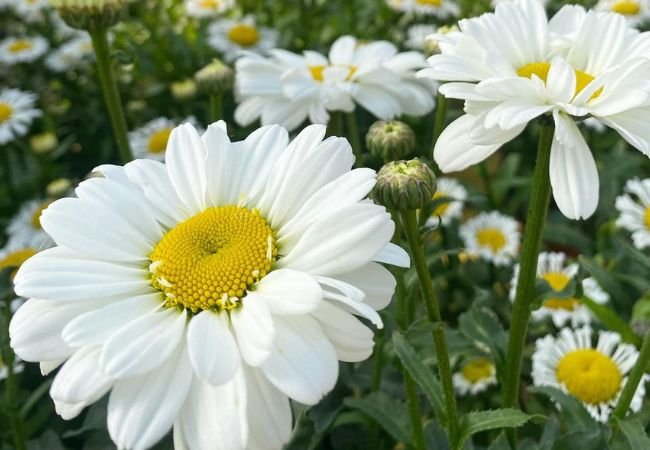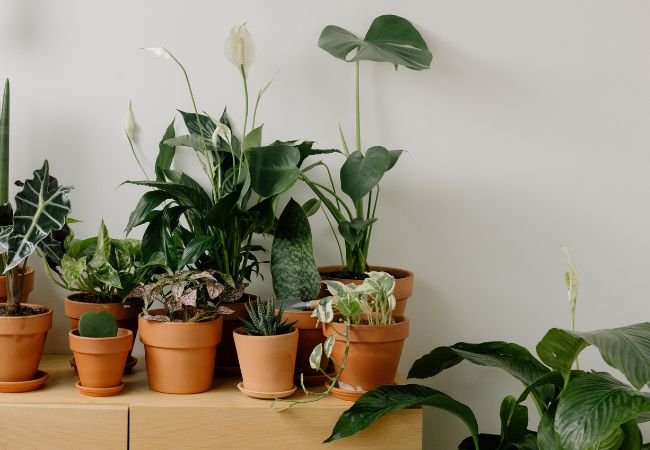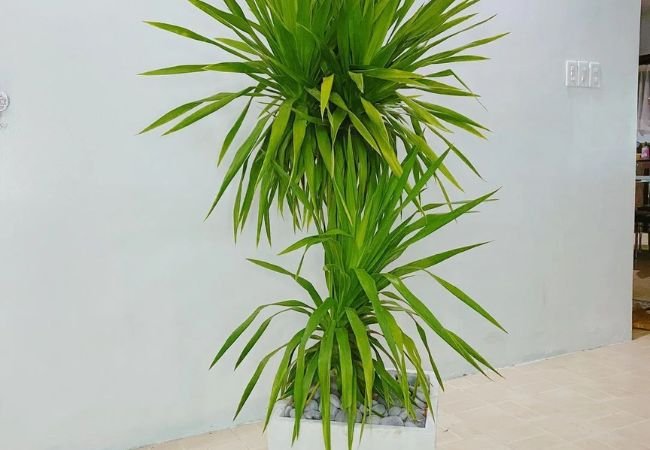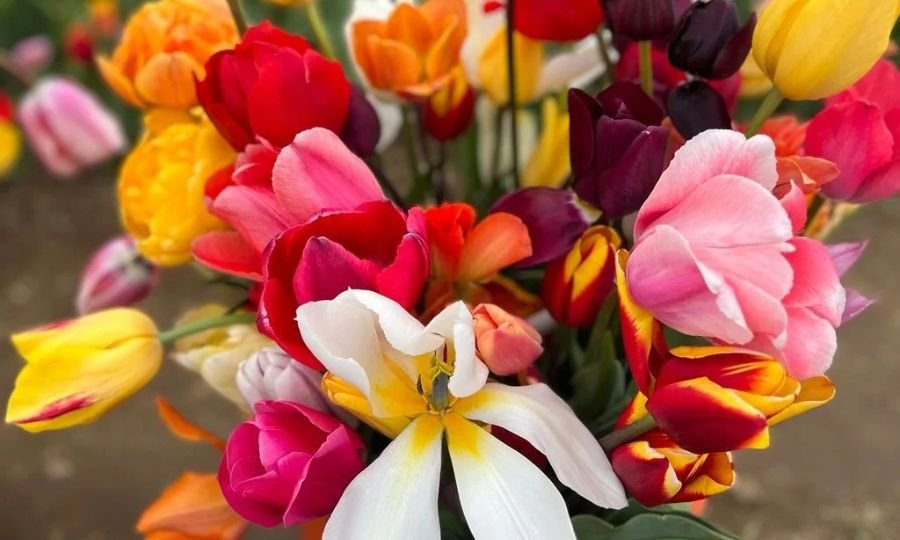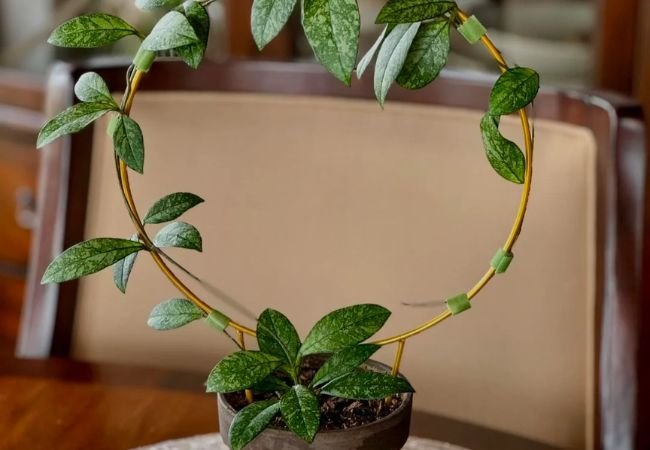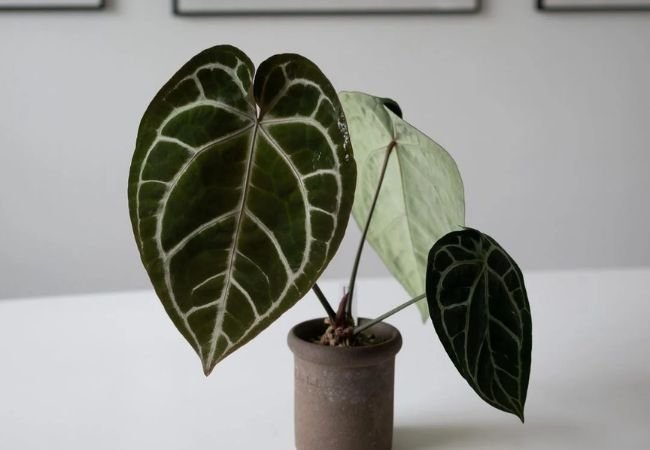Discover delicious fruits that start with R! From raspberries to rambutan, explore tasty and nutritious options. Learn about flavors, health benefits and ways to enjoy these unique fruits starting with R.
Hey there! Ever thought about fruits that start with R? I know, it’s not exactly the first thing that pops into your head when you’re thinking about fruit, right? But trust me, there are some pretty cool options out there. Let’s take a little trip through the alphabet and check out some of these R-fruits – from the ones you probably know to a few that might surprise you.
1. Raspberry: The Cherished Crimson Berry
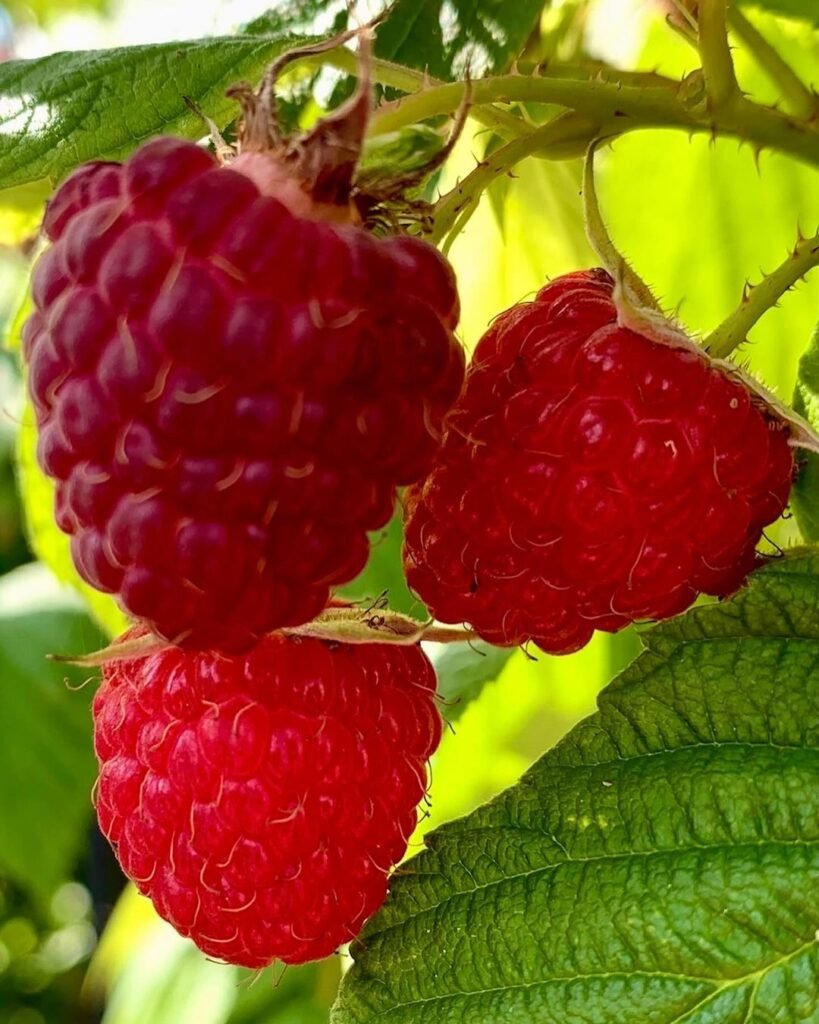
Here’s a detailed chart for Raspberry:
| Attribute | Details |
|---|---|
| Botanical Name | Rubus idaeus (Red Raspberry) or Rubus occidentalis (Black Raspberry) |
| Common Name | Raspberry |
| Plant Name | Raspberry |
| Zone | USDA Hardiness Zones 3 to 9 |
| Sun Exposure | Full sun to part shade |
| Soil Type | Well-drained, loamy or sandy soils; prefers slightly acidic to neutral pH |
| Watering | Regular watering; needs consistent moisture, especially during fruiting |
| Growth Habit | Deciduous shrub or bramble |
| Height/Spread | Height: 3 to 6 feet (0.9 to 1.8 meters); Spread: 3 to 4 feet (0.9 to 1.2 meters) |
| Special Features | Produces edible fruit in summer; attractive blossoms; varieties available for different climates and harvest times; used in jams, desserts and fresh eating |
Raspberries, likely the most recognized fruit starting with R, are cherished for their sweet-tart essence and are brimming with health benefits.
- Taste: A blend of sweetness and slight tartness
- Texture: Soft and subtly seedy
- Health Benefits: Rich in fiber, vitamin C and antioxidants
- How to Enjoy: Relish fresh, add to yogurt or oatmeal or utilize in baking
Did you know? Raspberries transcend the color red; they can also appear in black, purple or golden hues! Discover more about raspberry varieties at Oregon State University. For insights into the health benefits of raspberries, visit the USDA Agricultural Research Service.
2. Rambutan: The Exotic Hairy Fruit
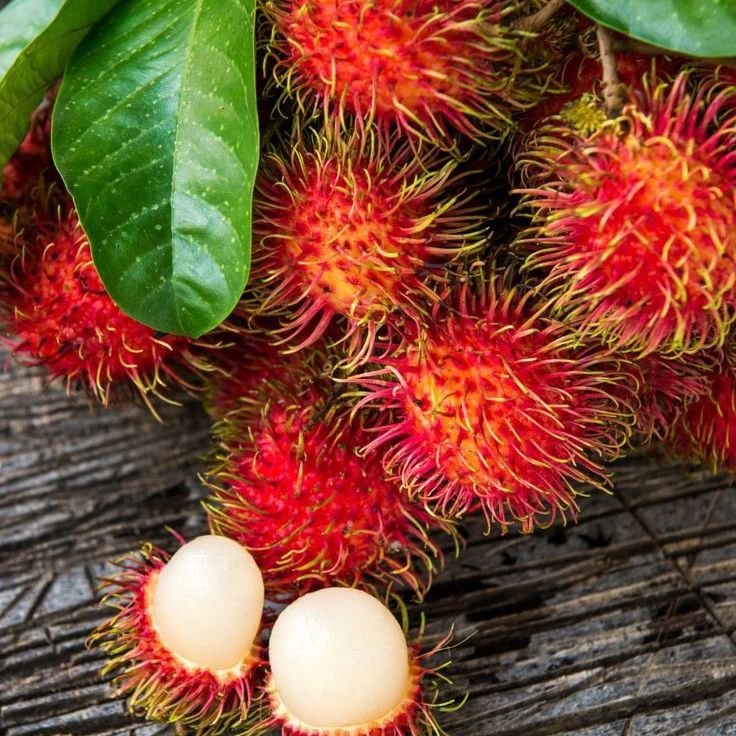
Here’s a detailed chart for Rambutan:
| Attribute | Details |
|---|---|
| Botanical Name | Nephelium lappaceum |
| Common Name | Rambutan |
| Plant Name | Rambutan |
| Zone | USDA Hardiness Zones 10 to 11 |
| Sun Exposure | Full sun |
| Soil Type | Well-drained, sandy or loamy soils; prefers slightly acidic to neutral pH |
| Watering | Regular watering; needs consistent moisture, especially during dry periods |
| Growth Habit | Evergreen tree or large shrub |
| Height/Spread | Height: 30 to 50 feet (9 to 15 meters); Spread: 20 to 30 feet (6 to 9 meters) |
| Special Features | Produces spiky, red or yellow fruit with a juicy, sweet interior; attractive foliage and flowers; ornamental and edible fruit; tropical and subtropical climate |
Rambutan, a tropical fruit hailing from Southeast Asia, derives its name from the Malay term for “hairy,” aptly describing its distinctive exterior.
- Taste: Sweet and succulent, akin to lychee
- Texture: Translucent flesh, reminiscent of a grape
- Health Benefits: A good source of vitamin C and copper
- How to Enjoy: Peel and savor fresh, or incorporate into fruit salads
Intriguing Fact: Despite its spiky exterior, rambutan is effortlessly opened and enjoyed! Learn more about rambutan and other tropical fruits at the University of Florida.
3. Red Currant: The Tart Scarlet Gems
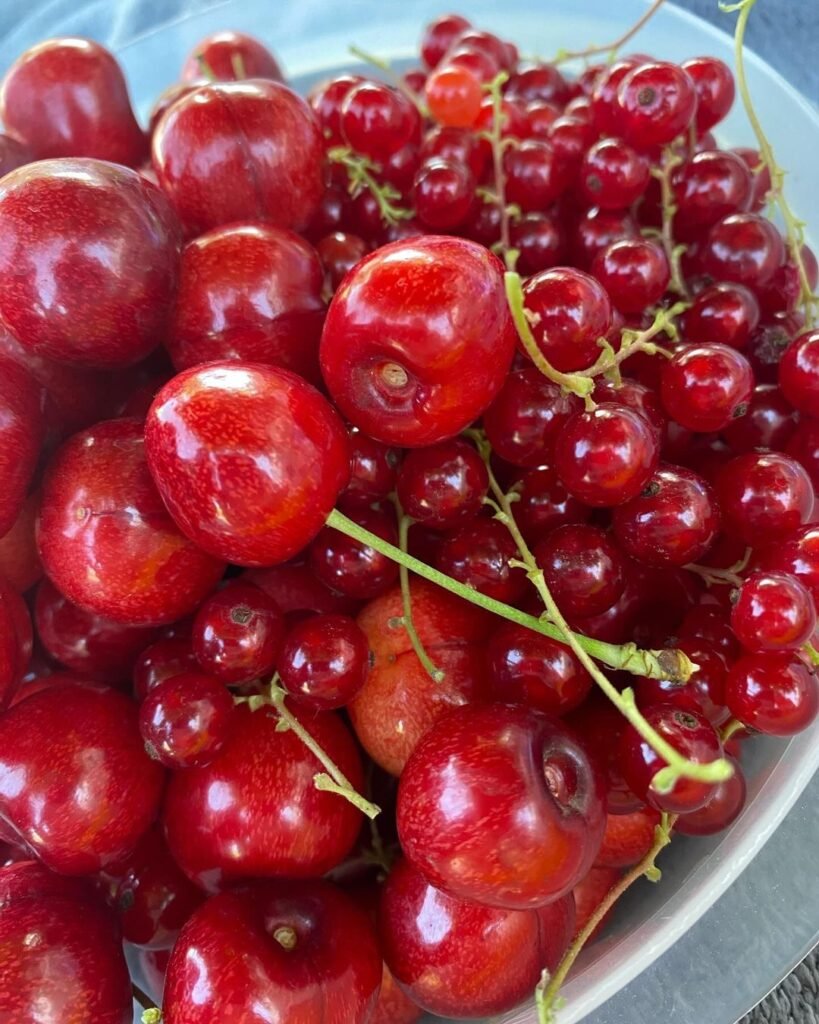
Here’s a detailed chart for Red Currant:
| Attribute | Details |
|---|---|
| Botanical Name | Ribes rubrum |
| Common Name | Red Currant |
| Plant Name | Red Currant |
| Zone | USDA Hardiness Zones 3 to 7 |
| Sun Exposure | Full sun to part shade |
| Soil Type | Well-drained, loamy or sandy soils; prefers slightly acidic to neutral pH |
| Watering | Regular watering; needs consistent moisture, especially during fruit development |
| Growth Habit | Deciduous shrub |
| Height/Spread | Height: 3 to 5 feet (0.9 to 1.5 meters); Spread: 3 to 5 feet (0.9 to 1.5 meters) |
| Special Features | Produces clusters of bright red, tangy berries; attractive flowers and foliage; good for culinary uses such as jams, jellies, and sauces; attracts pollinators |
Red currants, small and vibrant berries, are renowned for their intense flavor. They are a staple in European cuisine and are gradually gaining popularity in the United States.
- Taste: Tart with a hint of sweetness
- Texture: Juicy berries with tiny seeds
- Health Benefits: High in vitamin C and antioxidants
- How to Enjoy: Ideal for jams, jellies or as a dessert garnish
Did you know? Red currants are frequently used to craft a traditional British beverage called “shrub.” For more information on cultivating currants, visit Cornell University.
4. Rhubarb: The Vegetable Treated as a Fruit
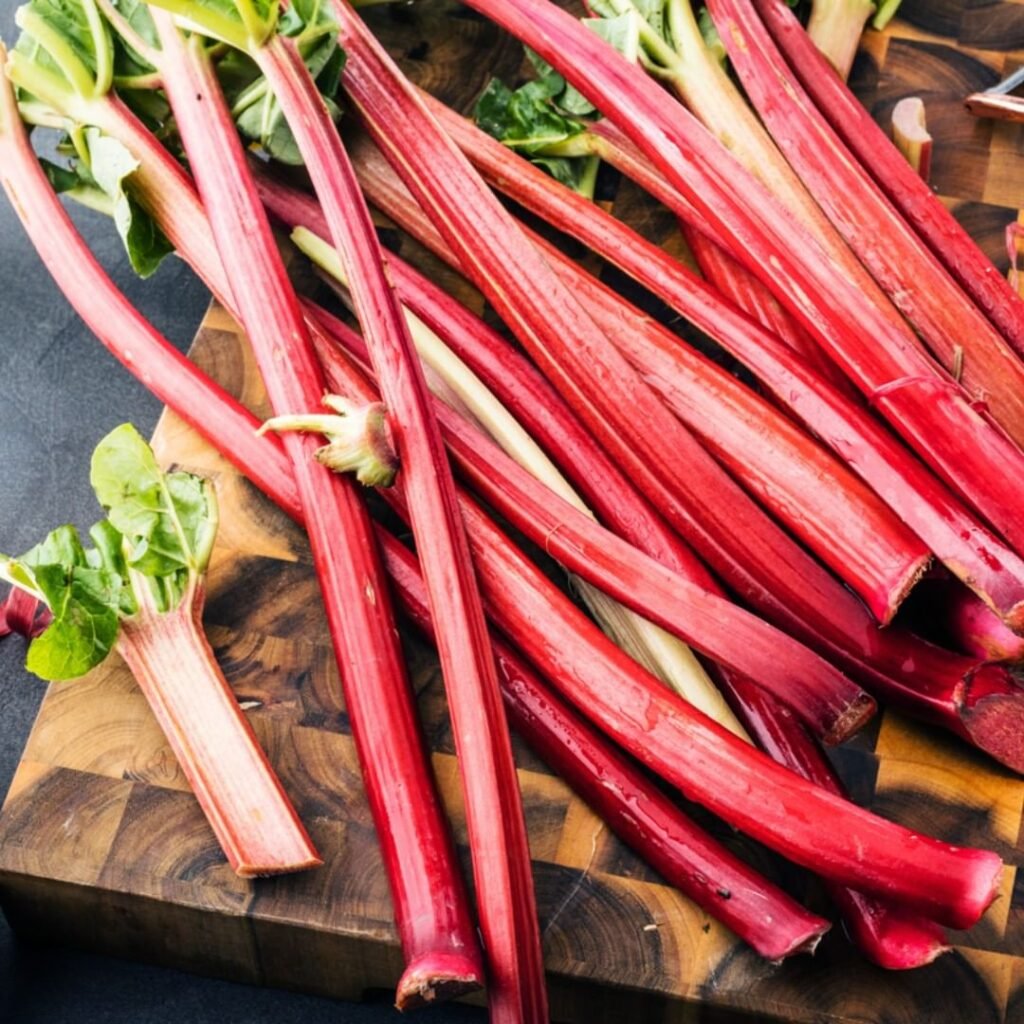
Here’s a detailed chart for Rhubarb:
| Attribute | Details |
|---|---|
| Botanical Name | Rheum rhabarbarum |
| Common Name | Rhubarb |
| Plant Name | Rhubarb |
| Zone | USDA Hardiness Zones 3 to 8 |
| Sun Exposure | Full sun to part shade |
| Soil Type | Well-drained, rich, loamy soil; prefers slightly acidic to neutral pH |
| Watering | Regular watering; keep soil consistently moist, especially during the growing season |
| Growth Habit | Perennial herb |
| Height/Spread | Height: 2 to 3 feet (0.6 to 0.9 meters); Spread: 3 to 4 feet (0.9 to 1.2 meters) |
| Special Features | Edible stalks with tart flavor; used in pies, jams and sauces; large, ornamental leaves; should not be consumed raw or in large quantities due to oxalic acid content |
Technically a vegetable, rhubarb is often utilized as a fruit in culinary practices.
- Taste: Tart and tangy
- Texture: Crisp and fibrous, similar to celery
- Health Benefits: A valuable source of fiber and vitamin K
- How to Enjoy: Typically cooked with sugar and used in pies, jams or compotes
Important Note: Only consume rhubarb stalks; the leaves are toxic. Learn more about growing and using rhubarb at the University of Minnesota Extension. For nutritional information, visit USDA FoodData Central.
5. Rose Apple: The Floral-Flavored Delight
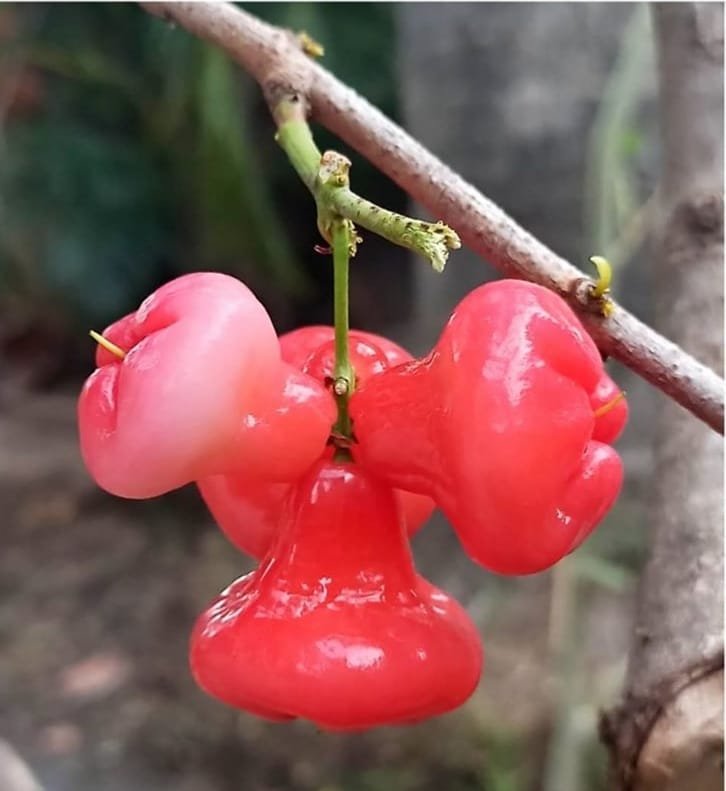
Here’s a detailed chart for Rose Apple:
| Attribute | Details |
|---|---|
| Botanical Name | Syzygium jambos |
| Common Name | Rose Apple, Malay Apple or Jambos |
| Plant Name | Rose Apple |
| Zone | USDA Hardiness Zones 9 to 11 |
| Sun Exposure | Full sun |
| Soil Type | Well-drained, sandy or loamy soils; prefers slightly acidic to neutral pH |
| Watering | Regular watering; needs consistent moisture but avoid waterlogging |
| Growth Habit | Evergreen tree or large shrub |
| Height/Spread | Height: 20 to 30 feet (6 to 9 meters); Spread: 15 to 25 feet (4.5 to 7.5 meters) |
| Special Features | Produces aromatic, apple-like fruit with a floral scent; fruit is sweet and crunchy; ornamental value with glossy foliage and attractive flowers |
Despite their name, rose apples are not related to roses or apples. These tropical fruits are native to Southeast Asia.
- Taste: Mildly sweet with a rose-like flavor
- Texture: Crisp and watery, akin to a watermelon
- Health Benefits: Contains vitamin C and dietary fiber
- How to Enjoy: Consume fresh or use in salads and jellies
Fun Fact: In certain cultures, rose apples are used to make wine!
6. Rangpur: The Tangy Citrus Hybrid
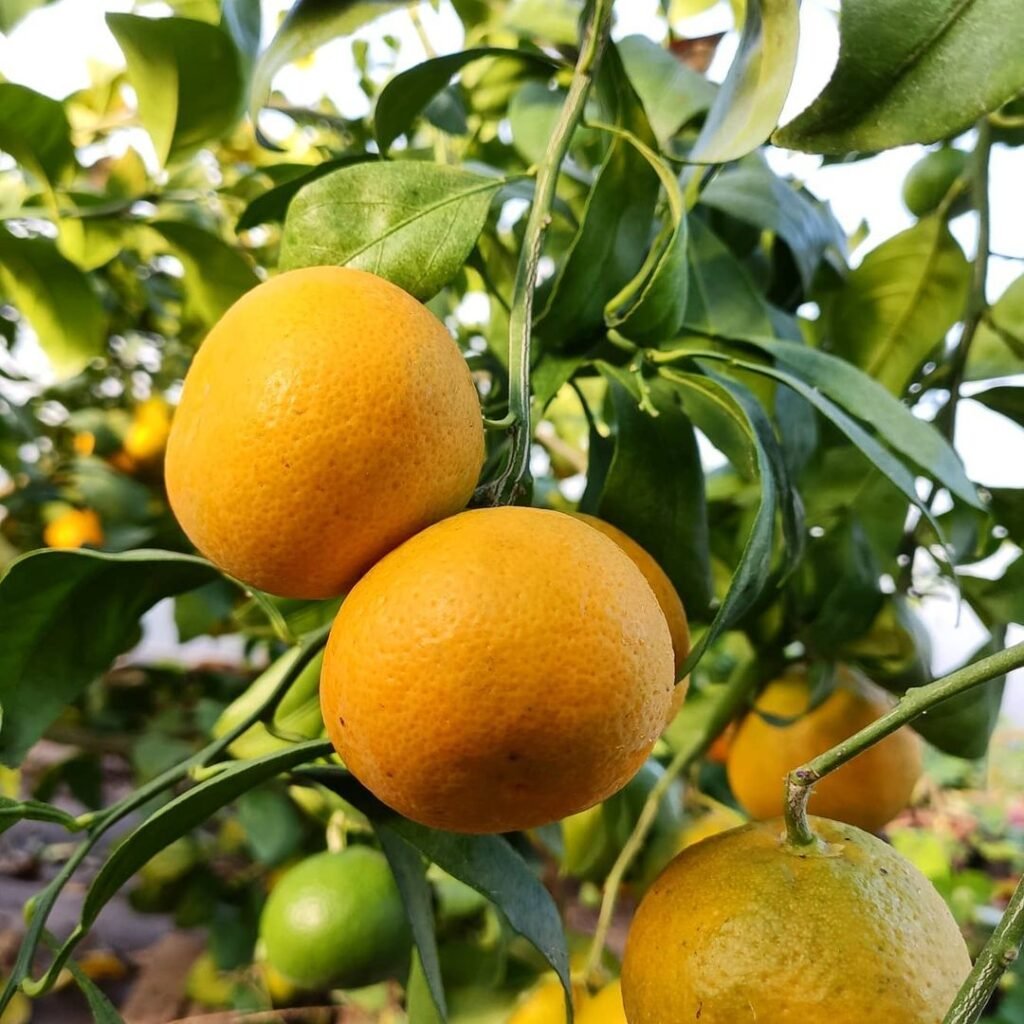
Here’s a detailed chart for Rangpur:
| Attribute | Details |
|---|---|
| Botanical Name | Citrus limonia |
| Common Name | Rangpur, Rangpur Lime |
| Plant Name | Rangpur |
| Zone | USDA Hardiness Zones 9 to 11 |
| Sun Exposure | Full sun |
| Soil Type | Well-drained, loamy or sandy soils; prefers slightly acidic to neutral pH |
| Watering | Regular watering; keep soil consistently moist but not waterlogged |
| Growth Habit | Evergreen tree or large shrub |
| Height/Spread | Height: 10 to 20 feet (3 to 6 meters); Spread: 10 to 15 feet (3 to 4.5 meters) |
| Special Features | Produces small, orange, acidic fruit; aromatic fruit used in culinary applications and beverages; attractive glossy foliage; drought-tolerant once established |
Rangpur, also known as lemandarin, is a crossbreed between a mandarin orange and a lemon.
- Taste: Sour and tangy, similar to lime
- Texture: Juicy with seeds, like other citrus fruits
- Health Benefits: High in vitamin C
- How to Enjoy: Utilize the juice in cocktails or culinary dishes or as a lemon or lime substitute
Interesting Fact: Rangpur is often used to flavor gin! For more information on citrus fruits, visit the University of California Citrus Variety Collection.
7. Red Banana: The Sweeter Variant of Yellow Bananas
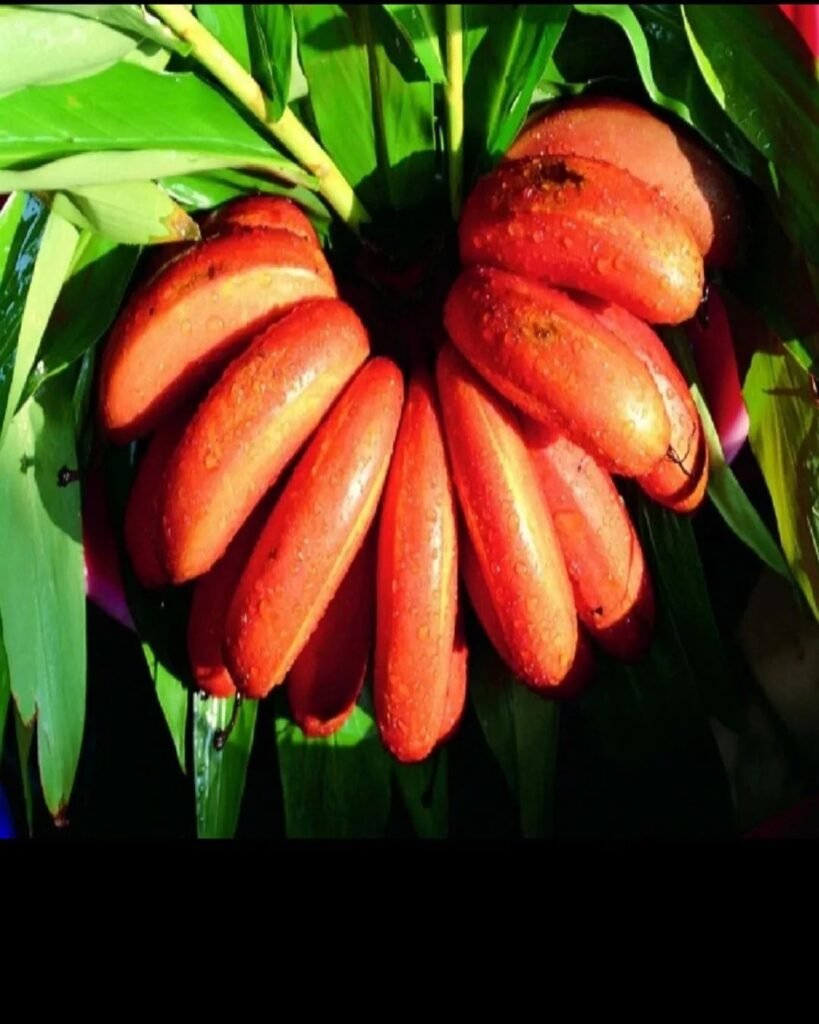
Here’s a detailed chart for Red Banana:
| Attribute | Details |
|---|---|
| Botanical Name | Musa acuminata var. sapphira or Musa acuminata var. red banana |
| Common Name | Red Banana, Red Dacca Banana |
| Plant Name | Red Banana |
| Zone | USDA Hardiness Zones 9 to 11 |
| Sun Exposure | Full sun to part shade |
| Soil Type | Well-drained, loamy or sandy soils; prefers slightly acidic to neutral pH |
| Watering | Regular watering; keep soil consistently moist but not waterlogged |
| Growth Habit | Herbaceous perennial |
| Height/Spread | Height: 8 to 12 feet (2.4 to 3.6 meters); Spread: 4 to 6 feet (1.2 to 1.8 meters) |
| Special Features | Produces red-skinned bananas with a sweet, creamy flesh; attractive foliage; ornamental value; ideal for tropical and subtropical climates |
Red bananas, characterized by their reddish-purple skin, are shorter and plumper than the conventional yellow bananas.
- Taste: Sweeter than yellow bananas, with a hint of raspberry flavor
- Texture: Softer and creamier
- Health Benefits: A good source of fiber, vitamin C and vitamin B6
- How to Enjoy: Eat fresh, blend into smoothies or bake into desserts
Did you know? Red bananas are popular in Central America and parts of Asia. Learn more about banana varieties at the University of Hawaii. For nutritional benefits, visit USDA’s Nutrition.gov.
From the familiar raspberry to the exotic rambutan, fruits that start with R offer a vast array of flavors, textures and health benefits. By integrating these fruits into your diet, you can diversify your meals and enhance your nutrient intake. Next time you visit the grocery store or farmer’s market, consider trying one of these fruits that start with R—you might discover a new favorite!
Eating a variety of fruits ensures a broad spectrum of vitamins, minerals and beneficial compounds. So, embark on an exploration of fruits starting with R—your taste buds and body will express their gratitude!


